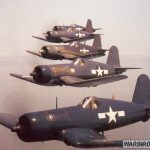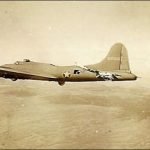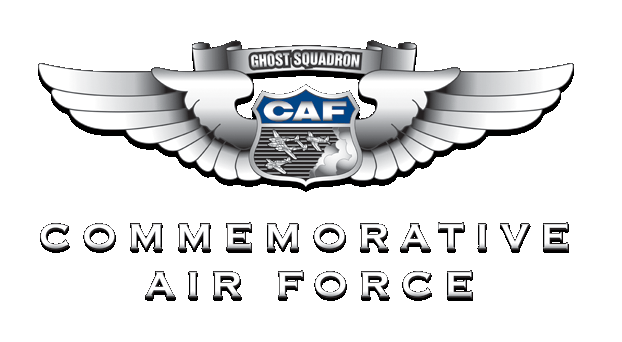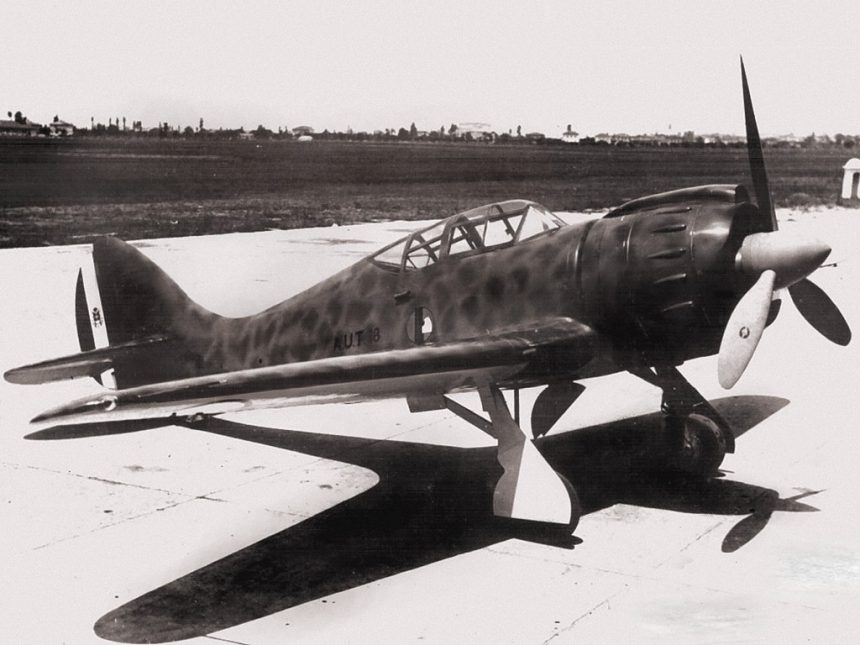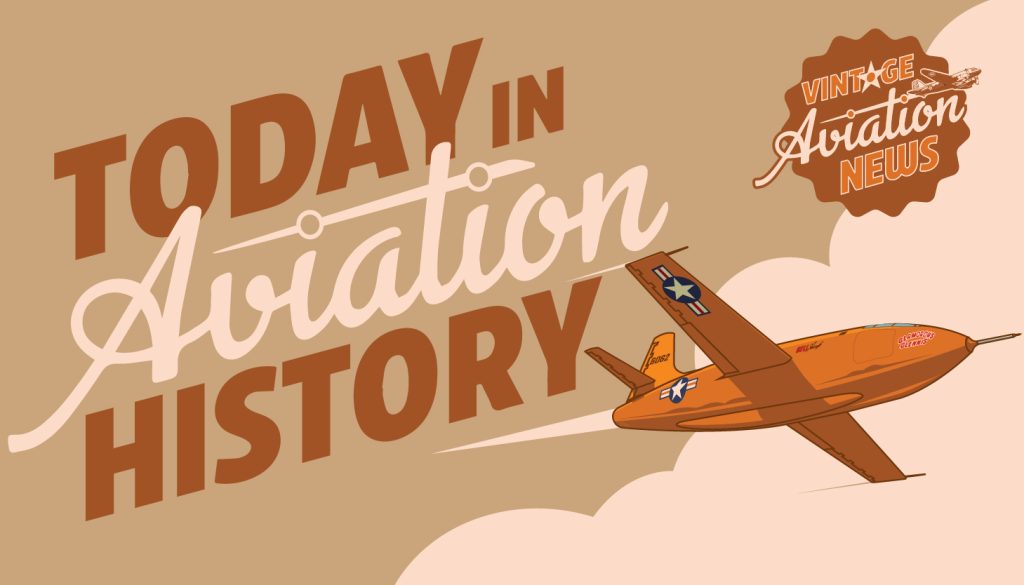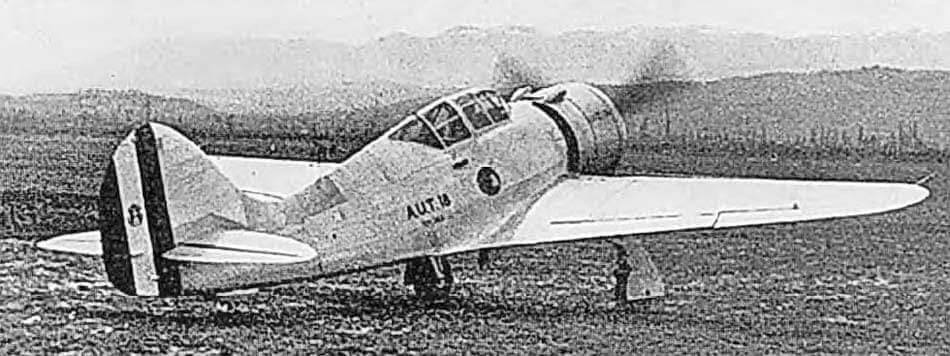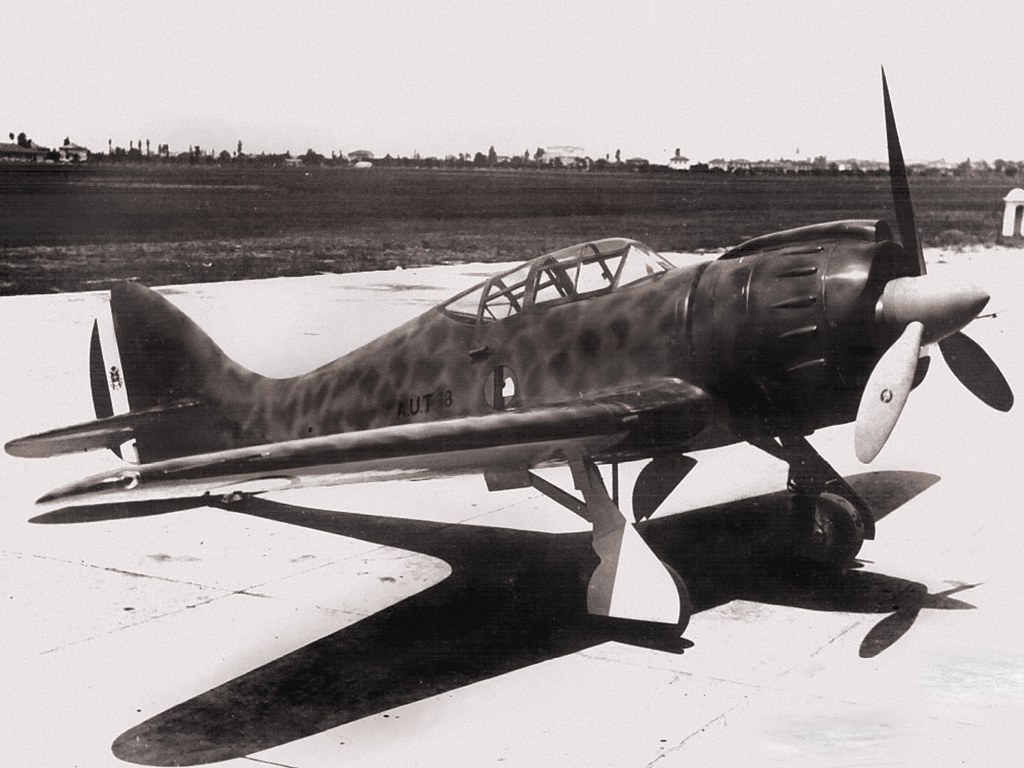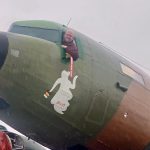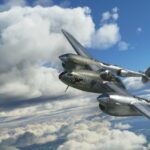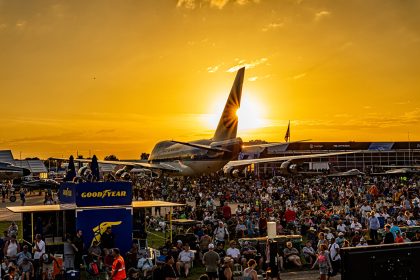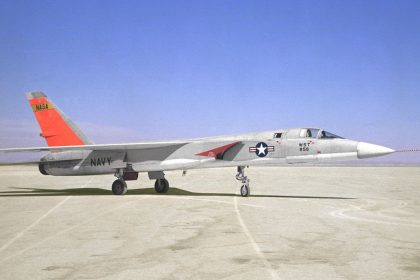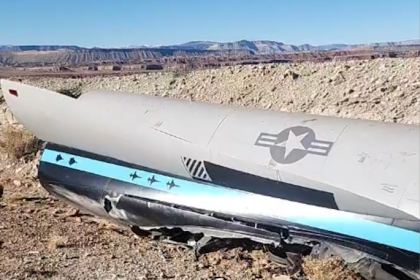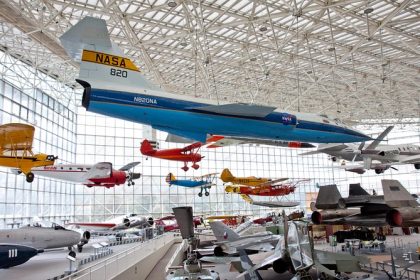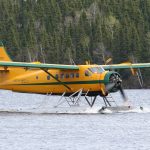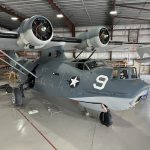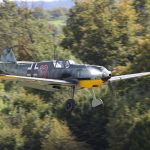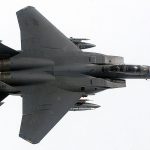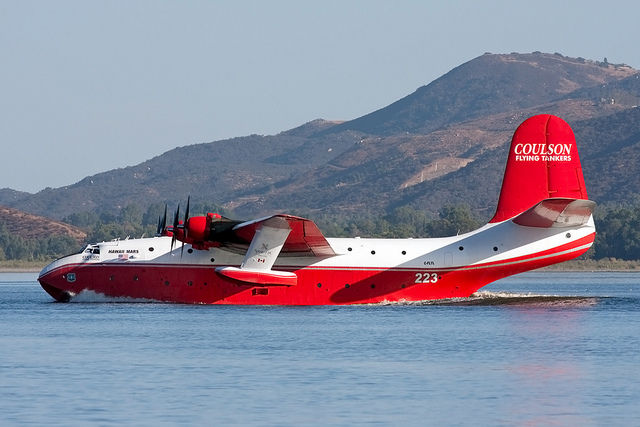On this day in aviation history—April 22, 1939—we mark the 86th anniversary of the first flight of the Aeronautica Umbra Trojani AUT.18. This unique aircraft was developed in response to a Regia Aeronautica (Royal Italian Air Force) request for a new frontline fighter. Though Aeronautica Umbra faced stiff competition from more established manufacturers, the company succeeded in producing an aircraft that drew attention, if not adoption.
The AUT.18 was the creation of Italian aircraft designer Felice Trojani, who developed a distinctive airframe powered by a 1,044-horsepower Fiat A.80 R.C.41 radial engine. Compact in design, the AUT.18 had a wingspan of 37 feet 9 inches and measured 28 feet 1 inch in length. It could reach a top speed of 300 miles per hour, had a service ceiling of 32,800 feet, and a range of 500 miles. Armament consisted of two 12.7 mm Breda-SAFAT machine guns mounted in the nose.
Despite its promising specifications, flight testing revealed the AUT.18 to be inadequate as a fighter. It lagged behind its contemporaries—the FIAT G.50, Macchi C.200, and Reggiane Re.2000—in both performance and handling. Delivered to the Regia Aeronautica on November 5, 1940, the aircraft failed to secure a production contract, and only a single prototype was ever built.
The ultimate fate of the AUT.18 remains a mystery. Some historians speculate that it may have been captured by British forces or transferred to Germany for testing during the war. Though it never entered service, the AUT.18 stands as a testament to the innovative spirit and ambition of its designer. Its story—like many experimental aircraft of the era—deserves to be remembered.




